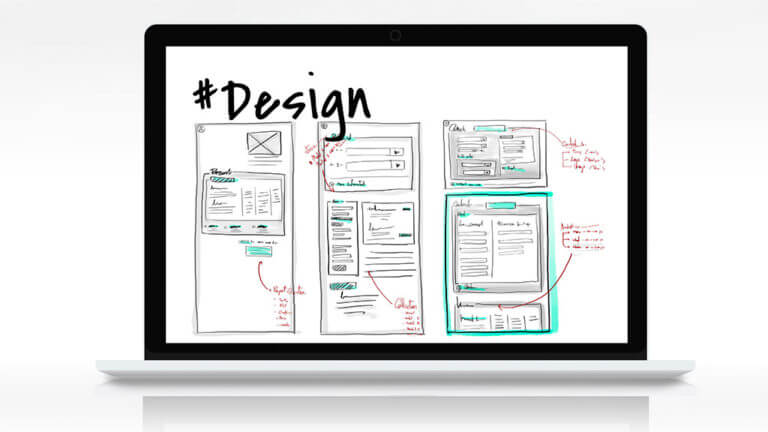DIY: How to Get Your Website Ready for SEO
Search engine optimization (SEO) is a critical component of any successful online marketing strategy. If you want your website to rank well in search engine results pages (SERPs), you need to ensure that it is optimized for SEO. While hiring an SEO expert can be expensive, there are a few steps that you can take yourself to get your website ready for SEO. In this article, we will provide a DIY guide on how to get your website ready for SEO.
Step 1: Conduct Keyword Research
The first step in optimizing your website for SEO is to conduct keyword research. This involves identifying the search terms that your target audience is using to find your products or services. Keyword research can help you identify the most relevant and popular search terms for your website.
There are many free and paid tools available that can help you conduct keyword research, including Google Keyword Planner, SEMrush, Ahrefs, and Moz Keyword Explorer. Once you have identified your target keywords, you can start to optimize your website content to include them.
Step 2: Optimize Your Website Content
The content on your website is one of the most important factors for SEO. Optimizing your website content involves ensuring that it is relevant, high-quality, and includes your target keywords. Here are a few tips for optimizing your website content:
- Use your target keywords in your page titles and meta descriptions
- Include your target keywords in your website copy, but be careful not to overdo it
- Use headers and subheaders to organize your content and make it easier for search engines to understand
- Include high-quality images and videos on your website
Step 3: Optimize Your Website Structure
The structure of your website is another important factor for SEO. Search engines like Google use bots to crawl and index your website. By optimizing your website structure, you can make it easier for search engine bots to crawl and index your website.
Here are a few tips for optimizing your website structure:
- Use a clear and intuitive navigation menu that makes it easy for users to find what they are looking for
- Create a sitemap that outlines the structure of your website
- Use clean URLs that include your target keywords
- Optimize your website speed by compressing images, minifying code, and using a content delivery network (CDN)
Step 4: Build High-Quality Backlinks
Backlinks are links from other websites that point to your website. They are an important factor for SEO, as they signal to search engines that your website is authoritative and trustworthy. Building high-quality backlinks can help you improve your search engine rankings.
Here are a few tips for building high-quality backlinks:
- Create high-quality content that other websites will want to link to
- Reach out to other website owners and ask them to link to your content
- Guest post on other websites and include a link back to your website
- Participate in online forums and include a link back to your website in your forum signature
Conclusion
Optimizing your website for SEO can be a complex process, but by following the steps outlined in this article, you can get your website ready for SEO. Remember that SEO is an ongoing process, and it requires constant attention and optimization to achieve the best results. By regularly monitoring your website’s performance and making adjustments as needed, you can improve your search engine rankings and drive more traffic to your website.



